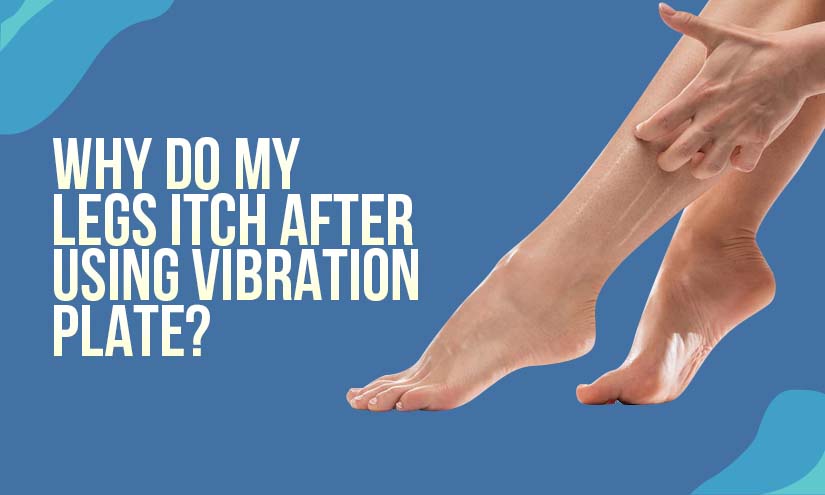
Lately, vibration therapy (VT) has been finding implementation in more or less every area of human health. Weight loss, muscle conditioning, and rehabilitation are just some of the settings, in which the therapy has proven beneficial. And indeed, the vibration plate (the device that is used during VT) seems to be exhibiting numerous benefits for almost every organ in our body.
As with any other type of fitness equipment, the vibrating plate has its characteristics and peculiarities. Of course, these are normal consequences related to the regular use of the machine and not necessarily side effects. One such characteristic of VT is itching. In the following lines, we are going to examine the sensation in greater detail.
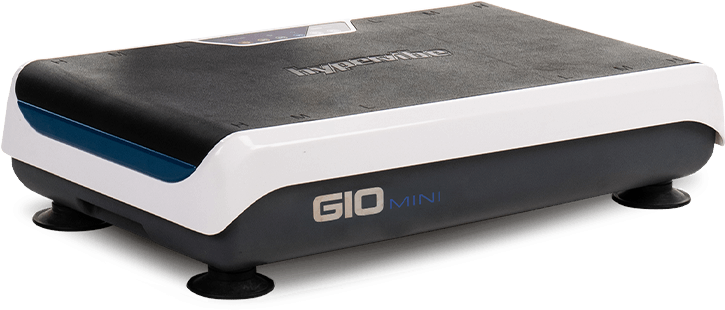




The vibration plate is an innovative type of fitness equipment consisting of a vibrating platform that produces high-frequency mechanical oscillations (vibrations). Typically, the frequency of these vibrations is within the range of 5 – 40 Hertz. When your body is exposed to such vibrating frequencies, it puts in extra effort to keep its balance and resist the additional gravity.
Stronger muscles, denser bones, accelerated physical recovery, improved circulation, and reduced fat mass, is just a fraction of the beneficial effects linked to vibrating exercise. 15 – 20 minutes a day, 3 – 4 days a week are perfectly enough for you to scoop out all the positive effects of the machine. At times, however, you may notice an itching sensation in your feet or skin and ask yourself the question: “why do my legs itch after using a vibration plate”? Here’s why!
The body vibrating plate aids the stimulation of our venous system, which as you know consists of smaller (capillaries) and larger (veins) blood vessels inside the muscle tissue. The main role of these blood vessels is to take the carbon-dioxide rich blood back to our heart.
And because VT causes our muscles to contract at greater intensity, the venous system is stimulated at a much higher rate, leading to an effect known as hyper circulation. According to scientific studies, such as this one, the ultimate result is an itching sensation in the legs, arms or skin, which is perfectly normal.
As already mentioned in the previous section, during VT, you might notice an itchy sensation in your legs, arms, or skin. For some individuals, the itchy experience may be minor, while others can sense more extreme itchiness. Whatever the degree of the sensation, you should not be alarmed, as this is a normal phenomenon, referred to as hyper-circulation.
Here are some of the most common reasons for itchy skin during a whole body vibration session:
After answering the question “why do I itch after using vibration plate?”, let’s now explore the options for making the itchy sensation less unpleasant or going away together. Before we move on, however, it is worth mentioning that this is a normal consequence of exercise and should not be considered a negative side effect, unless it is caused by a rare allergy known as vibratory urticaria. According to science, this is a very rare genetic disorder causing sufferers to experience an excessive cellular response to vibration.
When standing on a body vibration plate, your body is exposed to multiple mechanical oscillations per second which stimulate blood flow and aid lymphatic drainage. As a result of this, the blood volume in your circulatory system rises, the oxygen flow to tissues increases, and the release of happiness hormones accelerates. Soon after you feel an energy influx and feelings of positivism.
Along with that, at times you may experience an itchy sensation that varies in duration and extent. Even though this is perfectly normal and is an indication that your body burns fat cells and allows blood in areas that were previously restricted due to lack of movement, you may still want to stop it or decrease it.
So, how do you stop itching from a vibration plate? The answer is – to keep going! That’s right, the best approach is to keep exercising and the itchiness will seize by the tenth session or so. The itching will be diminishing with each vibration therapy session, as the fat percentage in your body decreases, the level of toxins goes down, and your tissues get used to the higher blood and oxygen flow. So, be persistent!
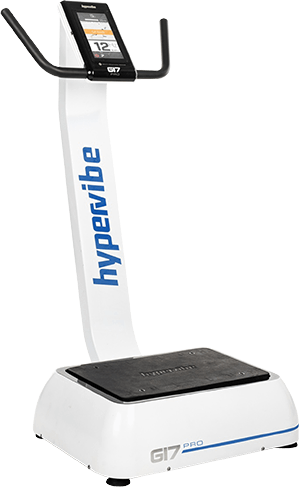




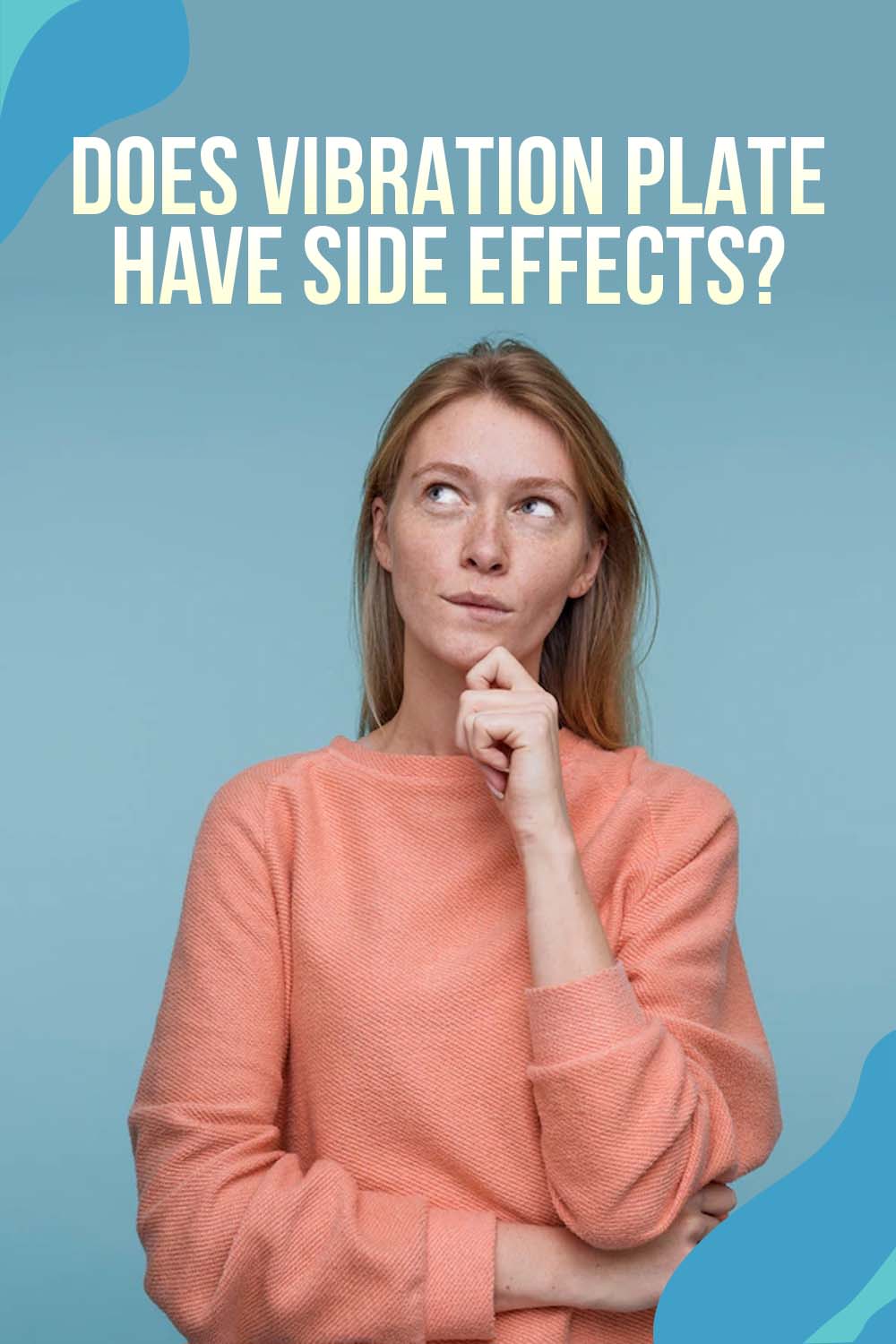
Vibration plates have been around for quite some time now, improving human health in more or less every possible aspect. Since their mass introduction to the US fitness market, they have been the subject of numerous scientific studies with plenty of promising results. According to science, the vibration plate is considered a safe type of exercise device that is not associated with unpleasant side effects.
Having said that, it is worth mentioning that as with any other type of fitness equipment, the vibrating machine carries a certain level of risk, if not used accordingly. In other words, if you overdo with whole body vibration or use the device against the manufacturer’s safety precautions, you risk hurting yourself.
For best results:
Furthermore, certain groups of the population should stay away from the vibrating platform at all times. Those of you who have severe heart conditions, suffer from epilepsy, have lately had metal pins fitted, are recovering from a recent operation, have recently had a head injury, or are pregnant, should not attempt to use the vibration plate. If in doubt, please speak with your medical provider.
Since the European Space Agency introduced the vibrating plate for strengthening the bones of its astronauts back in the 1990s, the device has been benefiting our health in numerous ways. Stronger muscles accelerated physical recovery, raised the fat burning rate, denser bones, more favorable circulation, aided lymphatic drainage, reduced pain sensations, and decreased risk of chronic illnesses, are just some of the benefits, associated with the equipment.
In the beginning, you may feel a bit of itchiness in your extremities or skin, however, this sensation is normal and typically goes away with practice. You should be happy if you experience such a sensation, as it is a true indicator your body is getting rid of the excess toxins and fat deposits. The only exception here is people who suffer from vibratory urticaria – a rare allergy to mechanical oscillations.
So next time when you ask yourself the question “why do my legs itch after using a vibration plate?”, you will know the answer. Most likely, it is because your health is getting better. If unsure, please seek advice from your doctor or speak to a specialist in the field. Train safely!
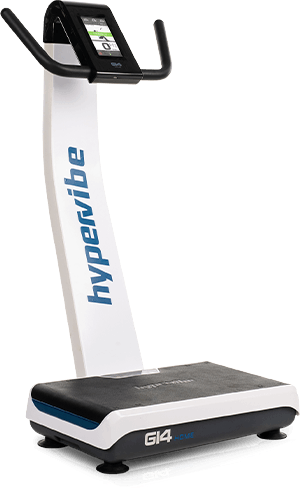




References (in order of appearance)

To use a vibration plate for weight loss, stand, squat,...
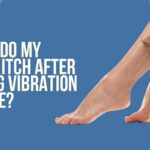
Lately, vibration therapy (VT) has been finding implementation in more...

The lymphatic system, also called the lymphoid system, is an...

Taking into consideration the growing popularity of the vibration plate,...

Most probably you are already familiar with the body vibration...